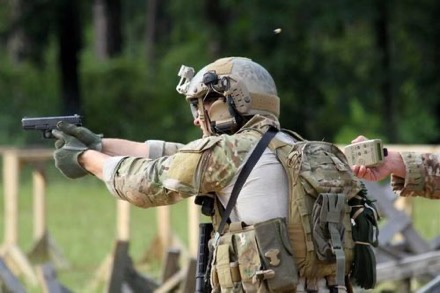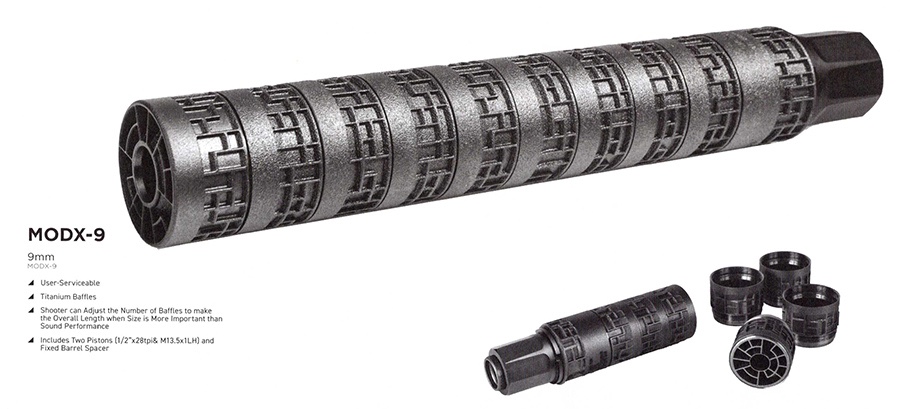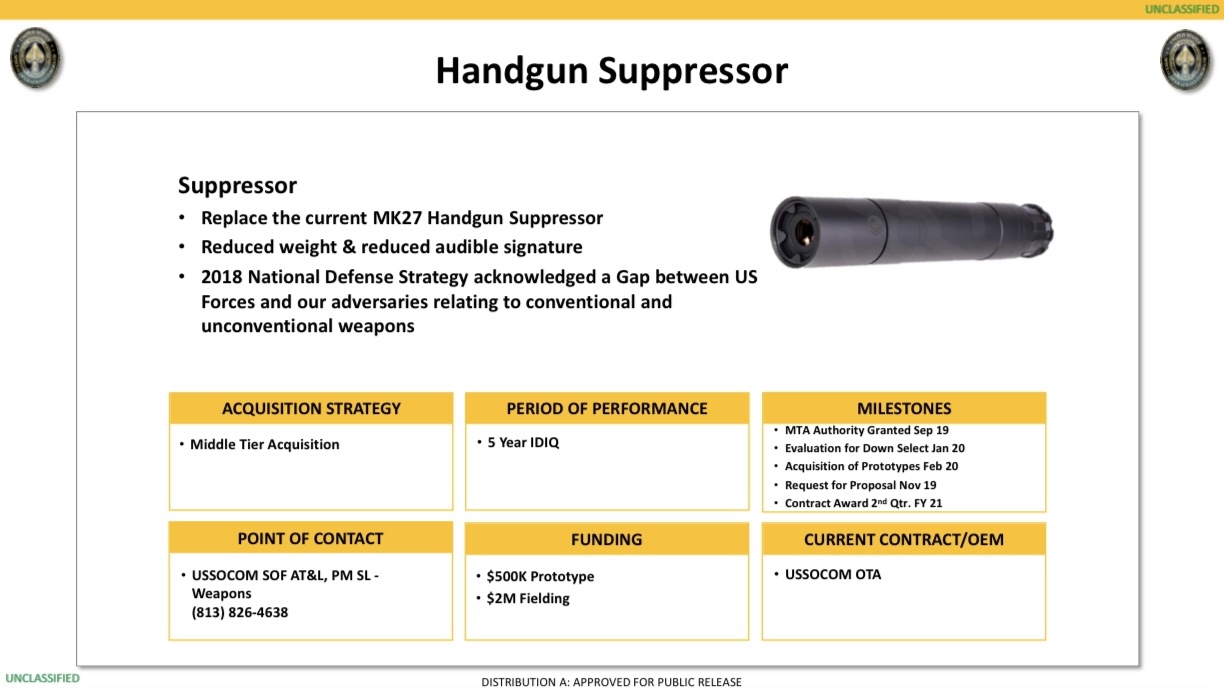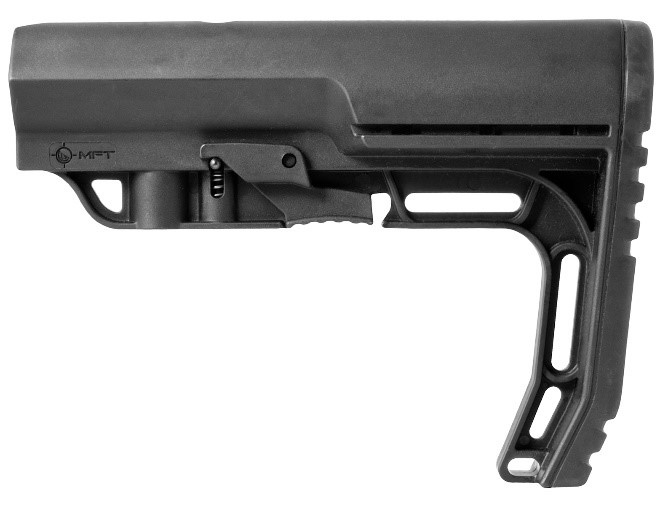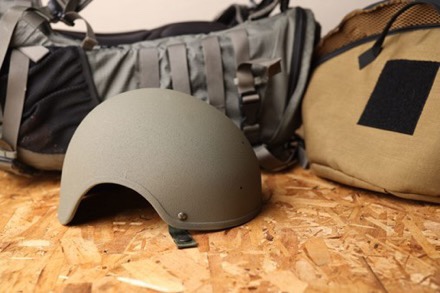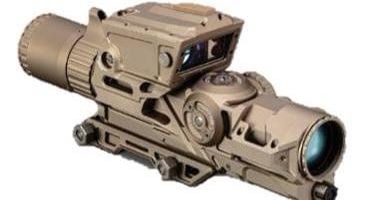Cohort Aims to Help the US Army Power Soldiers on the Move AUSTIN, TX – Four companies have been selected for the Soldier Power Cohort with the
Army Applications Laboratory (AAL) through a program managed by Huntington Ingalls Industries (HII). Sourced from across the country, the selected companies are developing innovative power generation and power conversion, high-density energy storage, and intelligent management and distribution technologies that can support self-sufficiency, reduce burdens, and lessen dependence on resupply.
“Technology is a force multiplier for the Army, but with more technology comes more weight and the need for more power. We need to find a smart way to lighten that load for Soldiers who work in expeditionary environments for days at a time,” said Col. Jay Wisham, director of AAL. “While the commercial market for these technologies is relatively niche, both the Army and industry are facing similar challenges in how to maintain power for devices when away from the grid. This Cohort offers a way to join forces and move the field forward while keeping our Soldiers safe and effective in the harshest environments.”
Dramatic improvements in energy and power density for low-power commercial applications have increased the amount of output achievable while reducing size and weight. Intelligent power management and distribution solutions have also been instrumental in enhancing overall efficiency (as well as convenience) for consumers. As part of the Soldier Power Cohort, companies will earn $100,000 to develop conceptual designs that translate these existing solutions to address the Army’s specific problem. Cohort participants will learn about the Soldier Power problem set directly from key stakeholders, including Army Futures Command’s Soldier Lethality Cross-Functional Team; the Network Cross-Functional Team; and Combat Capability and Development Center Command, Control, Communications, Computers, Cyber, Intelligence, Surveillance, and Reconnaissance Center.
The 8-week Soldier Power Cohort began on January 24, 2022, with concept design presentations planned for March 17, 2022.
The following companies will participate in the cohort:
Epirus, Inc.
Hawthorne, CA
Epirus is a high-growth technology company that develops directed energy systems and power management solutions for broad applications across industries. The nucleus of Epirus’ innovation is the company’s machine intelligent SmartPower technology platform, a multi-layered management solution that delivers precision control, unprecedented power density, and high-power efficiency to various devices.
Resonant Link, Inc.
Shelburne, VT
Resonant Link powers fleets and devices while they work by wirelessly charging medical devices, consumer electronics, and electric vehicles. Through a breakthrough wireless charging technology called the Multi-layer Self-Resonant Structure (MSRS), Resonant Link provides wireless power for multiple Fortune 500 companies and government agencies.
Spark Thermionics, Inc.
Emeryville, CA
Spark Thermionics is an early-stage energy startup developing a “powerplant on a chip” — lightweight and fuel-flexible electricity generation based on a thermionic energy conversion. Spark is led by world leaders in thermionic technology and has received recognition in Physics Today, Fortune, the Official White House blog, and elsewhere.
Xerion Advanced Battery Corp.
Kettering, OH
Founded in 2010, Xerion Advanced Battery Corporation is a fast-growing battery company located in Dayton, OH, that works with Fortune 500 companies in a variety of industries. Through its patented battery technologies, the company aims to revolutionize the energy industry by introducing a step change in innovation in Li-ion batteries for portable electronics, power tools, and unmanned aerial systems (UASs).
